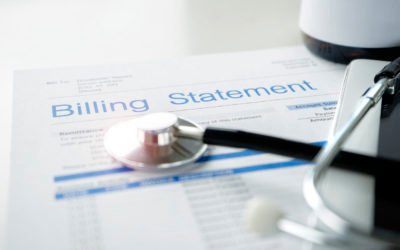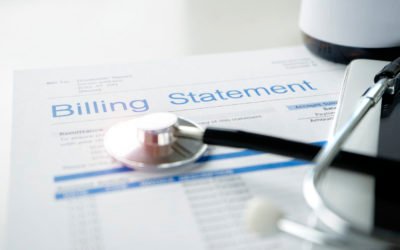Medical billing for a dentist can be overwhelmingly complex. Its payment practice is supervised not just by one individual, but several office administrators and staff members, and the billing codes must be accurate or the dentist could be fined.
However, the whole process of medical billing for a dentist’s office can get done in seven straightforward steps. Let’s talk about how to get your dental practice’s medical billing in order once and for all.
1. Registration and Insurance Confirmation of the Patient
The first step of this process happens when a patient calls in and schedules an appointment. The patient will be required to provide their dental insurance provider and other information you require.
It is necessary to confirm the patient’s insurance information before moving on. Dental insurance coverage and other details can change, and the dentist’s office should be aware of this. The insurance information may also include specific medical treatments or procedures the patient needs.
2. Collection of Personal Information
On their first visit, the front office should collect vital information about the patient. This includes personal data, contact details, and information about their insurance and payment. All of this information will be necessary for the next steps to continue.
3. Coding of Procedures Performed
The dentist must record every single medical service they provided during the appointment. This information will go into the patient’s health record there at the practice, and the billing will be based on what codes are used.
The medical coder will then translate the dentist’s provided information into medical code, which is a language used in the healthcare industry – including dentistry. The codes must be accurate, or the practice could be fined for incorrect billing.
4. Checking All Coding for Compliance
It is the job of the medical biller to ensure that the billing complies with standard regulations. These regulations are from the Health Insurance Portability and Accountability Act (HIPAA) and are enforced by the Office of Inspector General (OIG). The medical biller must verify that every coded service is billable and is charged correctly in order to avoid any complications.
5. Transmission of Claim
After double-checking everything, the bill will become an insurance claim and can be transmitted manually or in electronic form. Electronic transfer is recommended today due to its efficiency and accuracy. The biller will send the claim to the insurance company (payor).
6. Reception of Payment from the Insurance Company
When the payor receives the claim, an adjudication process will start. This process is for reviewing the bill and every dental service that is coded. Moreover, the insurance company will evaluate whether to pay the entire bill, a portion of it, or not at all.
7. Final Billing and Collecting of Full Payment
The final step is to collect the full payment. If the statement is compliant with the coding standards and matches up with the insurance policy, any remainder of the fee is sent to the patient. The medical biller should confirm all of the information in the bill.
Streamline Your Dental Billing and Collections Process
There is no need to fuss and complicate the process. Our dental billing and collections experts here at Prospa Billing are here to do the work for you. Rid your staff of the extra work, avoid legal problems, and let us handle these services.
To get your medical billing in order, contact us today at (844) 663-3686. We look forward to working with you!




0 Comments